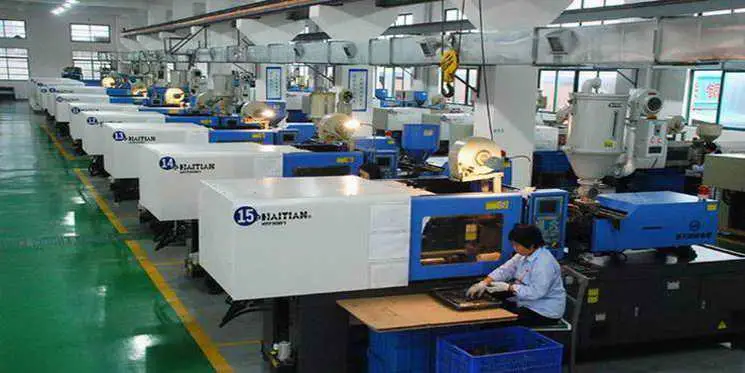What is PEEK (Polyether Ether Ketone), and what are its characteristics and applications?
PEEK refers to a polymer compound whose macromolecular main chain is composed of aromatic groups, ketone groups, and ether bonds, making it the primary type of polyaryletherketone. It was industrially produced in 1977 in the UK using a nucleophilic substitution route. The molecular chain contains a large number of benzene rings, which impart rigidity to the chain, while the ether bonds provide flexibility, resulting in a molecular chain with both rigidity and flexibility. The polar carbonyl groups in the PEEK molecular chain lead to a higher intermolecular force compared to PPO, and it is also capable of crystallization, resulting in high cohesive strength and mechanical properties superior to PPO.
(1) Common Properties of PEEK PEEK is a pale yellow solid with a density of 1.26 to 1.32 g/cm³. It exhibits good mechanical properties; at room temperature, its tensile strength, flexural strength, flexural modulus, and impact strength are all relatively high, and it has a large elongation at break, all higher than general plastics. However, these properties significantly decrease above its glass transition temperature. Mechanical properties can be greatly improved by reinforcing with glass fiber or carbon fiber, although elongation decreases markedly. Additionally, PEEK demonstrates excellent creep resistance and outstanding fatigue resistance, making it capable of withstanding repeated loading.
Another notable advantage of PEEK is its exceptional heat resistance. Its heat distortion temperature ranges from 135 to 160°C, with a maximum continuous operating temperature up to 240°C. Heat resistance is further enhanced when reinforced with glass or carbon fibers. Moreover, it has high thermal-oxidative stability. Its electrical properties are excellent and are largely unaffected by humidity, qualifying it as a Class C insulating material.
Except for concentrated sulfuric acid, PEEK is resistant to almost all chemical media and maintains high chemical stability even at elevated temperatures. Its water resistance is remarkable, allowing long-term use in steam at 200°C. It also exhibits outstanding radiation resistance.
The main drawback of PEEK is its high melting point, which makes molding challenging and requires higher equipment standards.
(2) Main Applications of PEEK PEEK is a new type of plastic with an exceptionally well-rounded performance profile, widely used in fields such as nuclear power, shipbuilding, electronics, machinery, aerospace, and heat and mass transfer. Applications include manufacturing hot water pumps, bearings, filters, mechanical parts, aircraft structural components, integrated circuit chip cage coils, magnetic wires, piston rings, sensors, and copier separation claws, among others.

